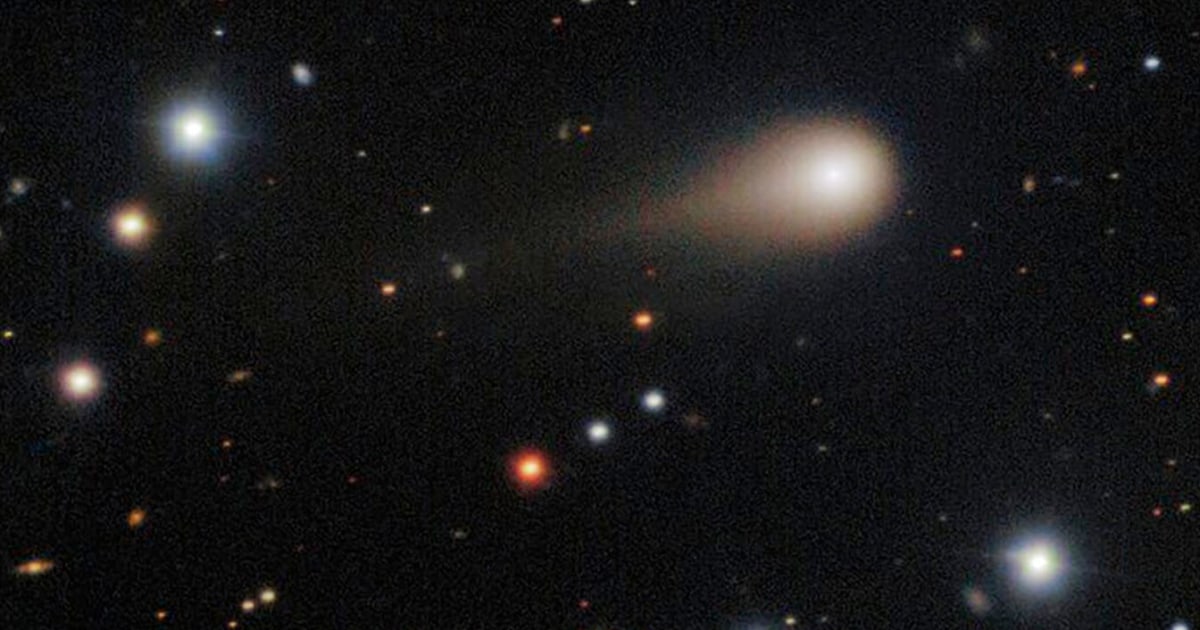Interstellar Comet Borisov Develops a Tail

Introduction
A comet from another star is currently passing through our solar system, and new telescope observations have revealed an unexpected development. The comet, officially named 2I/Borisov, was discovered in August 2019 and is the first interstellar comet to be observed within our solar system. Now, the latest images have shown that the comet has grown a tail, giving astronomers a better understanding of its composition and behavior.
Key Details
The tail on 2I/Borisov is a result of the comet's interaction with the sun, which causes the release of gas and dust from the comet's surface. This process, known as sublimation, is a common occurrence for comets as they near the sun. However, the growing tail on 2I/Borisov is a significant discovery, as it suggests that the comet is made up of materials that are different from those found in our own solar system.
Additionally, the comet's tail is also providing valuable insights into the physical properties of 2I/Borisov. The size and shape of the tail can give clues about the comet's density and composition, while the color of the tail can indicate the types of molecules present on the comet's surface.
Impact
The discovery of a growing tail on 2I/Borisov is an exciting development for astronomers and space enthusiasts













